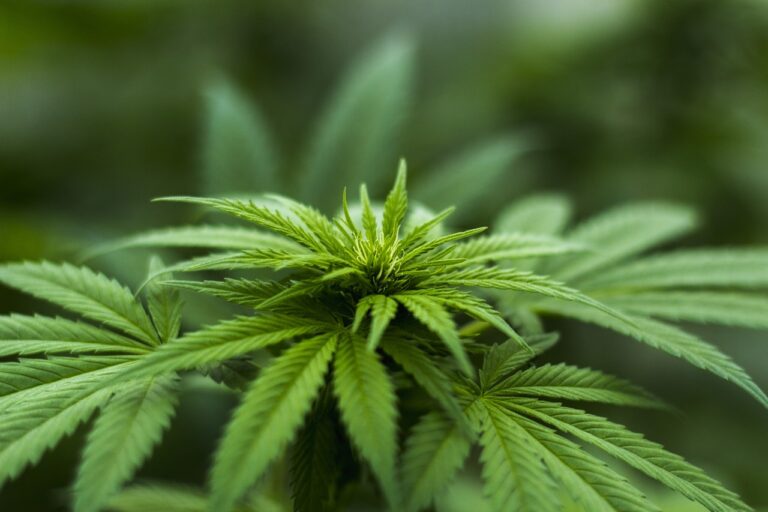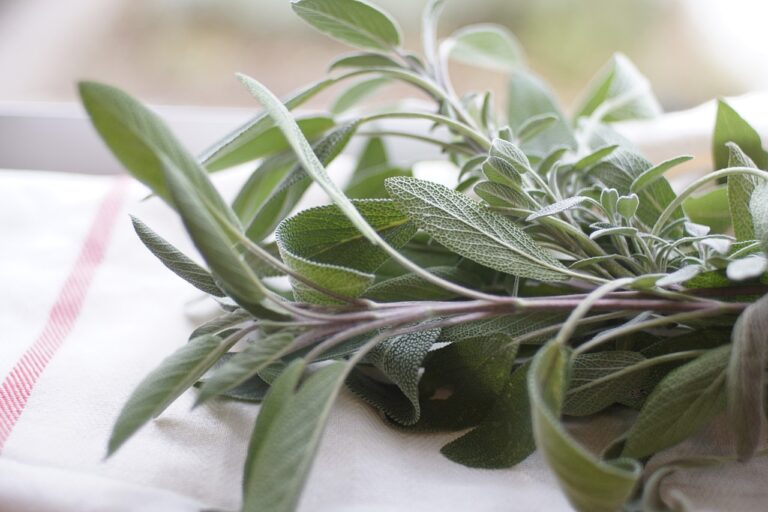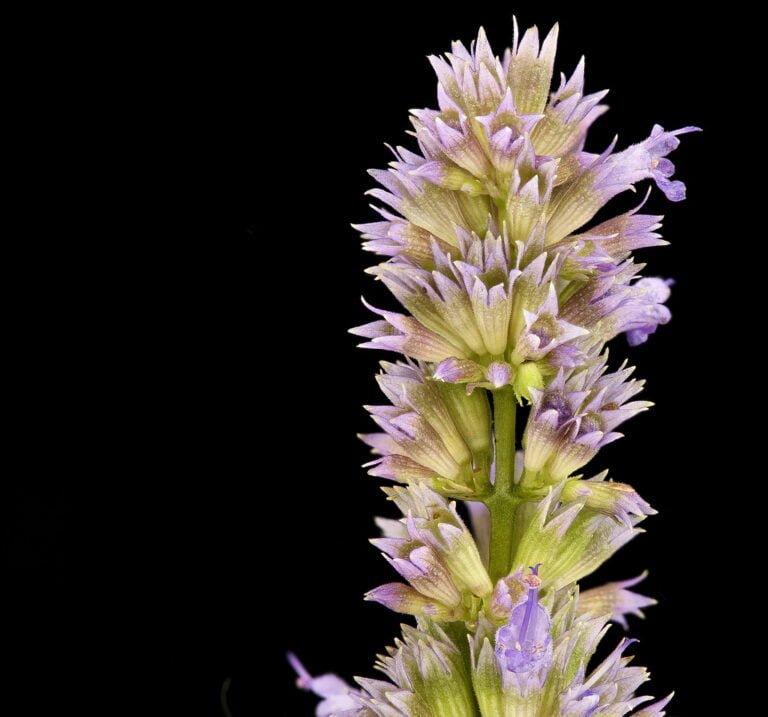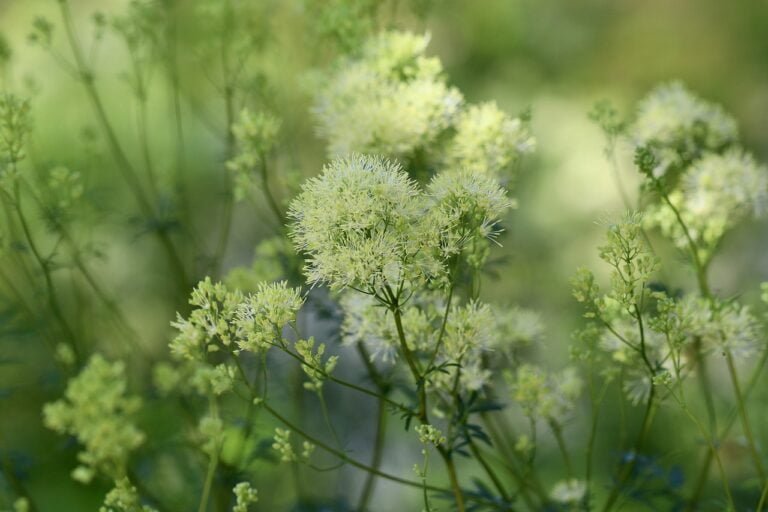Lavender
Are you ready to discover the enchanting world of lavender?
Prepare to be captivated by the soothing scent, vibrant purple blooms, and countless benefits of this aromatic herb.
Lavender has long been cherished for its culinary uses, medicinal properties, and cultural significance.
Whether you're a passionate chef, a DIY enthusiast, or simply seeking tranquility, lavender is here to serve you.
Let's delve into the wonders of this versatile plant and unlock its secrets together.
Botanical Information
To understand the botanical information of lavender, you should start by examining its scientific classification and physical characteristics.
Lavender, scientifically known as Lavandula, belongs to the Lamiaceae family. It's a flowering plant that's native to the Mediterranean region.
Lavender is known for its beautiful purple flowers and distinctive fragrance. The aromatic properties of lavender have made it a popular choice for aromatherapy benefits. Its calming scent helps to reduce stress and promote relaxation.
Lavender is also widely used in cosmetics due to its soothing and healing properties. It's often found in skincare products such as lotions, soaps, and creams, as it helps to nourish and moisturize the skin.
Incorporating lavender into your daily routine can enhance your well-being and provide a luxurious experience.
Key Characteristics
Explore the essential characteristics of lavender to gain a deeper understanding of its unique qualities.
Lavender is widely known for its uses in aromatherapy and its benefits for relaxation and sleep. The soothing scent of lavender has been used for centuries to promote a sense of calm and tranquility. Its calming properties make it an ideal choice for those seeking a peaceful atmosphere or a good night's sleep.
Lavender essential oil can be diffused in the air or applied topically to the skin to help reduce stress, anxiety, and insomnia. Its gentle, floral aroma has a calming effect on the nervous system, helping you to unwind and find inner peace.
Incorporating lavender into your daily routine can provide you with the relaxation and rejuvenation you need to better serve others.
Culinary Uses
To explore the culinary uses of lavender, you can incorporate this versatile herb into a variety of dishes to add a unique and fragrant flavor. Lavender isn't just for perfumes or potpourri; it can be a delightful addition to your cooking repertoire.
The delicate floral and herbal notes of lavender can elevate both sweet and savory dishes. For a refreshing twist, try adding dried lavender to your lemonade or iced tea. In baking, lavender can infuse your cakes, cookies, and scones with a delightful aroma. It pairs well with citrus fruits, berries, and honey, enhancing their flavors and adding a touch of elegance.
You can even experiment with savory dishes like lavender-infused roasted chicken or lavender-infused olive oil for a sophisticated touch. With lavender, the possibilities are endless, and your taste buds will be forever grateful.
Medicinal Properties
Lavender offers numerous medicinal properties that can benefit your health and well-being. The therapeutic benefits of lavender have been recognized for centuries, making it a popular choice for natural remedies.
One of its key properties is its ability to promote relaxation and reduce stress. The soothing aroma of lavender has been found to calm the mind and improve sleep quality, making it an excellent choice for those struggling with insomnia or anxiety.
Additionally, lavender has anti-inflammatory properties that can help alleviate pain and reduce swelling. It's often used topically to treat minor skin irritations, such as burns or insect bites.
Ingesting lavender in the form of tea or essential oil can also aid digestion and relieve symptoms of bloating or indigestion.
With its wide range of therapeutic benefits, lavender is a versatile and effective natural remedy for various health concerns.
Cultivation and Growing Conditions
To successfully cultivate and grow lavender, you need to ensure the right conditions are in place.
Lavender thrives in well-draining soil with a pH level between 6.0 and 8.0. Sandy or loamy soil is ideal, as it allows for proper water drainage and prevents root rot. If your soil is heavy clay, consider adding organic matter to improve its texture and drainage.
When it comes to pruning techniques, it's essential to understand that lavender blooms on new growth. Pruning should be done in early spring or after flowering to promote healthy growth and prevent the plant from becoming woody. Trim back about one-third of the plant, cutting just above a leaf node to encourage new shoots.
Propagation
You can propagate lavender by dividing the plant using a sharp spade or knife. This method is best done in early spring when the plant is just starting to show signs of new growth. Dig up the clump of lavender and carefully separate the individual stems, making sure each division has its own set of roots. Replant the divisions in well-draining soil and water thoroughly.
Another method of propagation is through cuttings. Take a 4-6 inch cutting from a healthy lavender plant and remove the lower leaves. Dip the cut end in a rooting hormone and plant it in a pot filled with a mixture of sand and peat moss. Keep the soil moist and place the pot in a warm, sunny location.
With these tips for successful propagation and knowledge of different methods, you can easily propagate lavender and share its beauty with others.
Planting and Care
After successfully propagating lavender through division or cuttings, it's important to understand the proper planting and care techniques to ensure the plant thrives.
Lavender requires well-drained soil with a pH level between 6.7 and 7.3. It prefers full sun, so choose a location that receives at least six hours of direct sunlight per day.
When planting, make sure to space the lavender plants at least 12 to 18 inches apart to allow for good air circulation. Water the plants deeply but infrequently, allowing the soil to dry out between waterings.
As for pruning techniques, it's best to prune lavender in early spring before new growth appears. Cut back about one-third of the plant, making sure to remove any dead or diseased branches.
Harvesting
Once your lavender plants have reached full bloom, it's time to start harvesting. Harvesting lavender is an art that requires precision and care.
The best time to harvest lavender is in the morning, right after the dew has dried but before the sun is too hot. This is when the essential oils are at their peak, giving your lavender the most potent fragrance.
To harvest, simply cut the stems just above the bottom leaves, leaving about six inches of stem. Avoid cutting too close to the woody part of the plant, as this can damage the growth for next season.
Gently bundle the stems together and hang them upside down in a cool, dry place to dry.
With these lavender harvesting techniques, you can ensure that you're serving the best quality lavender to others.
Companion Planting
One popular companion planting option for lavender is to pair it with rosemary or sage. These plants not only enhance the beauty of your garden but also provide numerous benefits.
Lavender and rosemary are both known for their strong scents, which help repel pests like mosquitoes and flies. The aromatic oils released by these plants act as natural insect deterrents, making your garden a more pleasant place to be.
Additionally, lavender and sage have similar water and sunlight requirements, making them ideal companions in terms of care. They can also attract beneficial insects like bees and butterflies, which aid in pollination.
Pests and Diseases
To protect your lavender plants from pests and diseases, it's important to take proactive measures and maintain proper care.
Lavender is generally a hardy plant, but it can still fall victim to common pests such as aphids, spider mites, and whiteflies. These tiny creatures can suck the life out of your plants, leaving them weak and vulnerable.
However, there are natural remedies you can use to combat these pests. For example, you can make a homemade insecticidal soap by mixing water and a few drops of dish soap. This solution can be sprayed onto the affected areas of your lavender plants to kill off the pests.
Additionally, you can introduce beneficial insects like ladybugs and lacewings to your garden, as they feed on these pests.
Cultural Significance
Lavender holds significant cultural importance in various societies, symbolizing tranquility, beauty, and healing properties. Its cultural symbolism can be traced back to ancient times, where it was used for religious and ceremonial purposes.
In ancient Egypt, lavender was used in the embalming process and as an offering to the gods. In ancient Greece and Rome, it was used in baths to promote relaxation and in perfumes for its pleasant aroma.
Lavender's historical uses also extend to medicinal practices, where it was used to treat ailments such as insomnia, headaches, and anxiety. Today, lavender continues to be valued for its calming effects and is often used in aromatherapy, skincare products, and even culinary dishes.
Its cultural significance reminds us of the importance of finding peace and serenity in our busy lives.
Frequently Asked Questions
How Long Does It Take for Lavender to Bloom?
Growing lavender indoors can be a rewarding experience. To ensure successful blooming, follow these tips: provide ample sunlight, well-drained soil, and proper watering. With patience and care, you'll soon enjoy the beautiful lavender blooms.
Can Lavender Be Grown Indoors?
Yes, lavender can be grown indoors! It offers many benefits like soothing fragrance, stress relief, and air purification. With proper care and sunlight, you can enjoy the beauty and benefits of growing lavender indoors.
Are There Any Specific Pests That Commonly Affect Lavender Plants?
When growing lavender indoors, it's important to be aware of common pests that can affect your plant. Implementing proper pest control measures and staying vigilant can help prevent damage and ensure the health of your lavender.
Is It Possible to Use Lavender for Making Natural Cosmetics?
Yes, you can absolutely use lavender for making natural cosmetics! Using lavender essential oil for aromatherapy and incorporating it into skincare products has numerous benefits, such as its calming and soothing properties.
What Are Some Traditional Uses of Lavender in Different Cultures Around the World?
In different cultures around the world, lavender has been used for its medicinal properties and in spiritual rituals. Its healing benefits and calming scent make it a cherished herb in many traditions.
Conclusion
In conclusion, lavender is a truly remarkable plant with a myriad of uses and benefits. Its botanical information and key characteristics make it a unique and valuable addition to any garden.
From its culinary uses to its medicinal properties, lavender offers a range of possibilities for both cooking and healing. With the right cultivation and growing conditions, as well as proper harvesting techniques, lavender can thrive and provide a beautiful and fragrant addition to any space.
Its cultural significance and ability to repel pests also make it a popular choice for companion planting. Overall, lavender is a captivating and versatile herb that deserves a special place in our lives.





